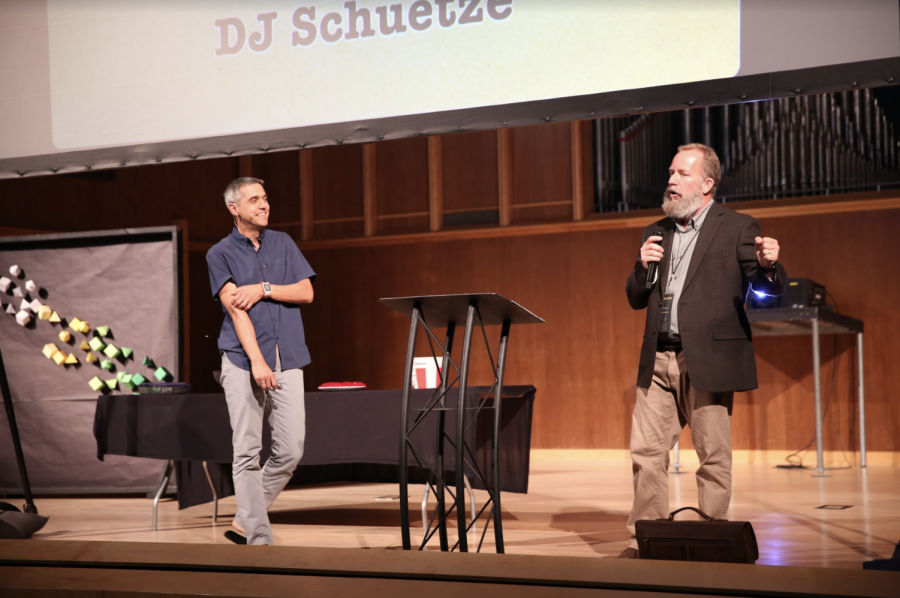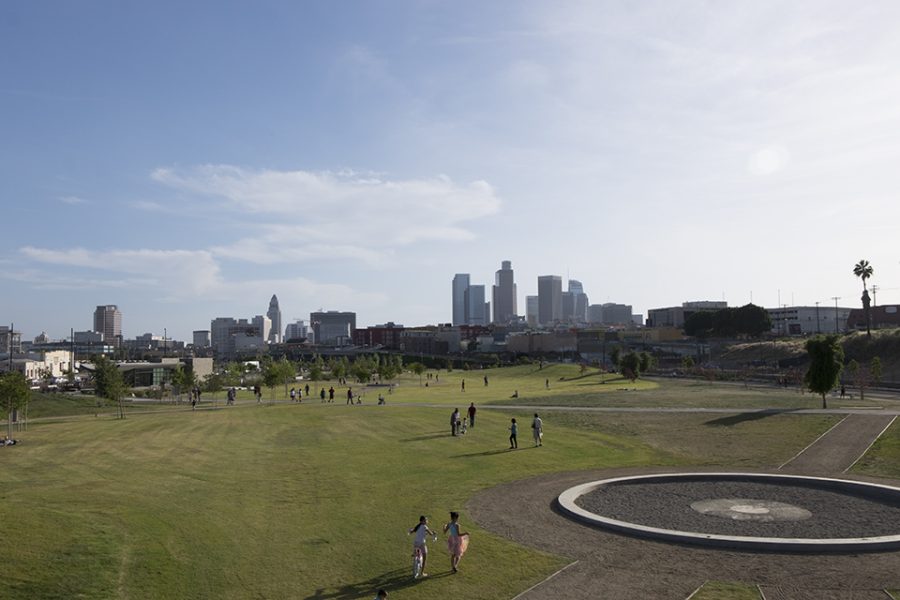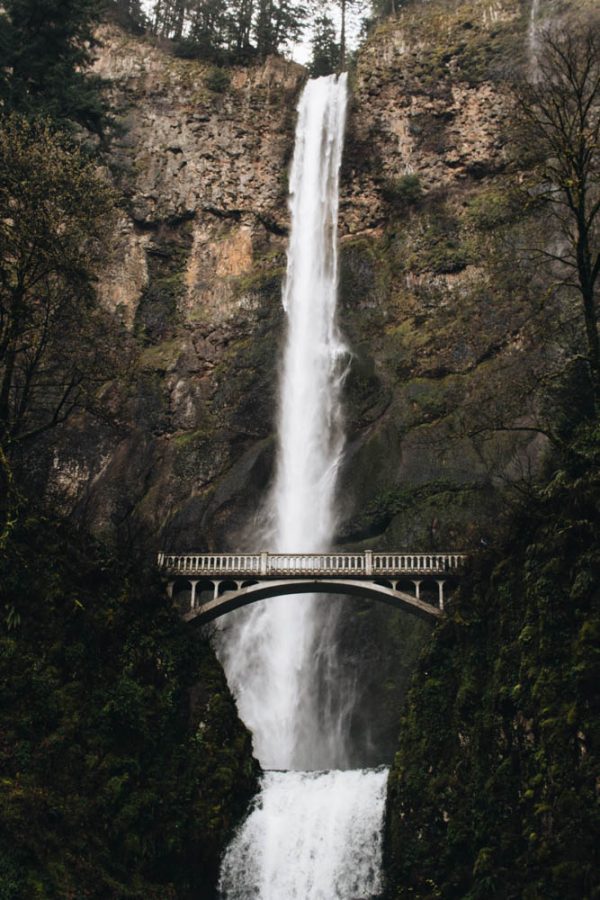The desert landscape of the Coachella valley is in a state of constant change, adapting to the seasons as the earth rotates. From February to April, however, the landscape has undergone some aesthetic changes.
Distinct cultivation
A house made fully of chrome looms over Palm Springs. A circle of chrome-plated poles pierce through Palm Desert’s landscape. A painted wind turbine reaches for the sky out of the Palm Springs Art Museum. These three art installations, along with 15 others, make up Desert X — a free, three-month exhibition of physical art scattered across the Indio Valley highlighting the nature of the desert open to the public.
The habitat of the desert did not cause the landscape to change. Rather, this idea came from artistic director Neville Wakefield. He sought out 17 different artists to cultivate distinct pieces that would magnify the natural beauty of the desert.
Although some may be similar in nature, no two installations are the same. They each look at different aspects of the desert scenery and how different parts of the earth interact with it. Ultimately, the project is funded by the Biennial Foundation, a non-profit organization founded in 2015 to bring the best artists in the world to the Coachella Valley to make art that will engage viewers and bring attention to the environment. They look to create art inspired by any facet of the desert, whether it be about nature or the social, political or economic issues there, according to the Desert X website.
Awe-inspiring aura
The project is set up in a mysterious manner. Desert X itself does not give the addresses of the installation on their website. Rather, they provide coordinates of the location of the pieces. This mystifying lack of information sets a serious and awe-inspiring aura for the exhibition.
Doug Aitken’s “Mirage” is an empty house that literally reflects the desert landscape. The chrome-plated, ranch-style homestead is modeled after the stylings of famed architect Frank Lloyd Wright.
Paying homage to the linear, mid-century modern design style of every home and building in Palm Springs, it represents the interaction of the mid-century suburbanization of the desert and the nature found in it. “Mirage” depicts a constant tension of the psychological state of the mind and physical state of the earth, constantly changing as the desertscape shifts with it.
Other pieces seek to simply show how the desert changes. Phillip K. Smith III’s “The Circle of Land and Sky,” set in Palm Desert, does so through a unique use of 300 chrome-plated rods that shoot up from the ground and angle precisely at 10 degrees.
“The Circle of Land and Sky” is constantly changing with reflected light. This piece is always different because it can never be viewed the same twice. Set to the backdrop of a huge, barren field and mountains in the distance, the sky and mountains reflect off the poles and pierce the mountains if seen at just the right angle.
Local heritage
Not only do these installations seek to show the beauty of the desert, but they also focus heavily on niche facets of desert life. “Alive!” by Jeffrey Gibson is a found-object sculpture, reflecting a common feature of the Coachella Valley landscape: wind turbines.
The piece, which stands in the outdoor section of the Palm Springs Art Museum, is a wind turbine with the phrase “I AM ALIVE! YOU ARE ALIVE! THEY ARE ALIVE! WE ARE LIVING!” The use of a wind turbine was a choice made by Gibson because the desert landscape is altered so drastically by the sight of them.
Driving on Interstate 10, a vast field of these electricity generators, which powers most of the Coachella Valley, is a clear signifier that Palm Springs is close. Beyond the significance of the turbine wing, the words reflect the people living in the desert and the indigenous tribes that once lived there. They believed the land was truly living, and the piece pays its respects to their ideology.
Through the use of 17 different captivating art installations, Desert X calls attention to the natural beauty of the Coachella Valley and leaves a lasting impact on viewers. The pieces focus on connecting visitors with the land of the desert in unspoken feelings, which they may not have tapped into before. In essence, this exhibition takes on an extremely minimalistic and refined appearance, so the viewer cannot focus on any other aspect than those found in every piece: the desert landscape, and the people living in it.










